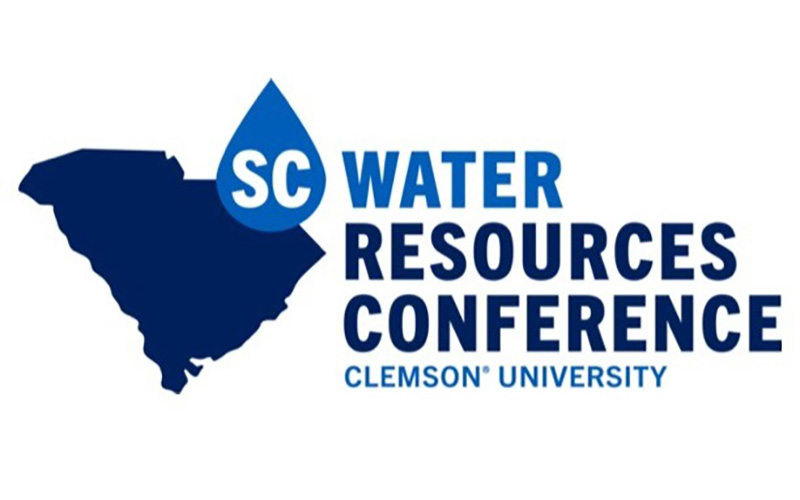Article Type
Full Research Article – Special Issue
Volume
9
Issue
1
Abstract
Prediction of sea level rise (SLR) in response to climate change has been the focus of worldwide research, most focusing on the impact by human development. The research has been limited to estuaries and tidal rivers near harbors dealing with the hydrodynamics of reversing tidal flows. This article focuses on the Waccamaw River National Wildlife Refuge in coastal South Carolina where freshwater unidirectional flow is common. We examined the record of water levels in the Waccamaw and Pee Dee Rivers over the period 2007–2019 and the length of record of the United States Geographical Survey (USGS) gauge at Pawleys Island on the Waccamaw River. The Atlantic Ocean, off the southeastern coast of the US, has experienced accelerated SLR since 2000. National Oceanic and Atmosphere Administration (NOAA) tide gauges from Fort Pulaski on Cockspur Island in Georgia to Beaufort, North Carolina, show significant increase in long-term SLR since then with an average since 2007 of approximately 10 mm y-1. Since the study period was less than the 18.6-year cycle of lunar precession, tidal ranges were expanding for much of the study period resulting in the rate of rise of Mean Higher High Water (MHHW; the average of the highest tide levels during each day) being greater than the rate of increase of Mean Lower Low Water (MLLW; the average of the lowest tide levels during each day) in all ocean stations. We examined water levels at NOAA and USGS gauges from Oyster Creek, in North Inlet to Conway on the Waccamaw River and Near Bucksport on the Pee Dee River. We found mean water levels increased more rapidly with distance from the ocean with an apparent SLR > 40 mm y-1 at Conway on the Waccamaw and Bucksport on the Pee Dee. In contrast to the ocean NOAA gauges, the estuary/river gauges showed more rapid increase of daily minimum water level (an approximation of MLLW) than daily maximum water level (an approximation of MHHW) with an extreme of apparent rise of minimum water levels of 58 mm y-1 at Bucksport on the Pee Dee. Nearly 50% of the increase in apparent SLR was due to an increase in the annual average freshwater flow of the Pee Dee and Waccamaw Rivers. Over the past 13 years the Waccamaw National Wildlife Refuge has experienced an apparent SLR that was more than double that observed at the edge of the ocean. The rise has been greater in the height of daily low water than in the height of daily high water. The increase was driven by both tidal hydrodynamics and an increase in the rate of flow in the Pee Dee and Waccamaw Rivers. These findings have important implications for land managers, policymakers, and homeowners in the region as people in the middle to upper estuaries need to plan for rates of relative SLR rise much greater than the frequently discussed rates in the ocean.
Takeaway(s)
none
Recommended Citation
Williams, Thomas M. and O'Halloran, Thomas L.
(2023)
"Relative Sea Level Rise in the Winyah Bay-Waccamaw River Tidal System Over the Last Thirteen Years,"
Journal of South Carolina Water Resources: Vol. 9
:
Iss.
1
, Article 4.
Available at:
https://open.clemson.edu/jscwr/vol9/iss1/4






